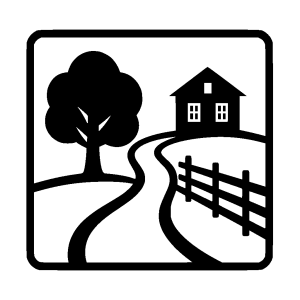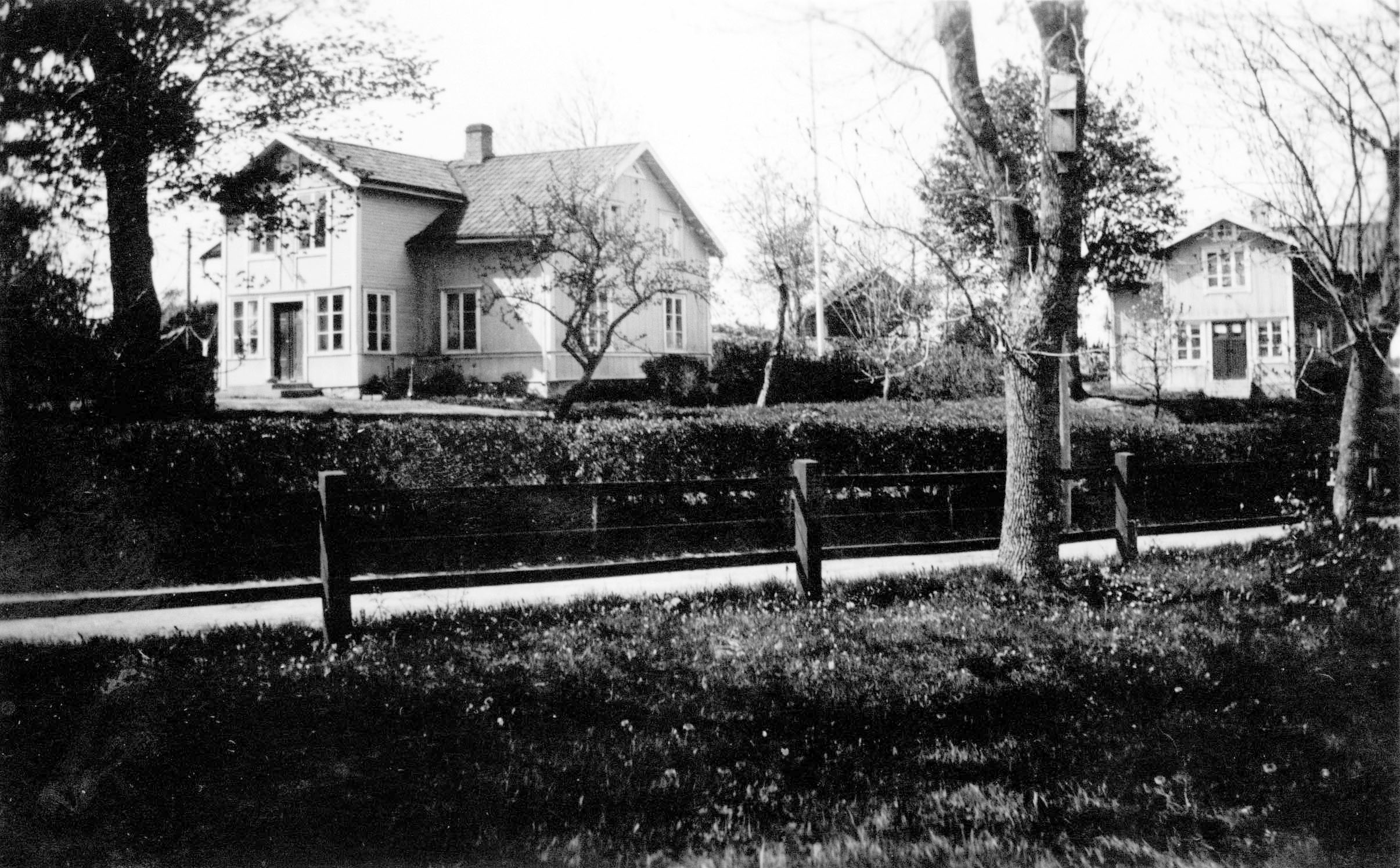
4. Västerkulla farm
Västerkulla farm is the first farm to be moved from its original location at Västerkulla village (see sign 3). The name ’Westkulla’ has been known since 1541 and has been carried to the new location. In the 1780s, farmer Olaf Olsson moved the farm to its current location, previously called Hålsveden. The family name Olsson has been associated with the farm for centuries. During the 20th century, Västerkulla covered 76 hectares. The farm’s barn accommodated 16 cows, young animals, pigs and sheep. There was also a large stable for horses. During this period, the farm was run by Josef Olsson and his wife Signe, née Mattsson.
A children’s colony was housed between 1911 and 1925 in Västerkulla. The oldest preserved document from the colonial era in the area is a diary written by a colony child on the farm in 1911. The diary can be read on the Village Hall’s website, a unique document of the time! The colony activities in Sweden started as early as 1884 when a teacher in Stockholm traveled with 18 children to a farm in Tulka village, Häverö. The aim was to improve public health for children from vulnerable urban areas. During the 1930s, the colony activities in Roslagen grew and several farms in the area accepted children during the summers. The most famous is Barnens Ö on Väddö, which is still in operation.
A boarding house was run at Västerkulla between 1926 and 1939. Well-off summer guests were welcomed here, often arriving by steamboat from Stockholm – a common feature in Roslagen at this time. Opposite Västerkulla farm is a farm called ’Mjölnarns’ where the miller Axel Carlsson lived with his family.

NOTE: Respect the peace and quiet of the home – do not enter the grounds!
